Activated Oxygen Sensitive Hydrogel
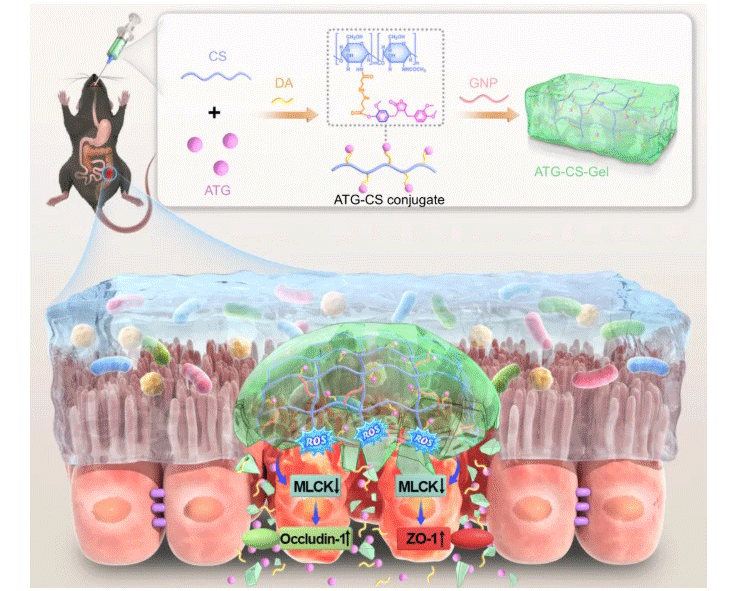
A double selenium bond-bridged burdock sapogenin (ATG)-chitosan (CS) copolymer and further made into a ROS-sensitive hydrogel (ATG-CS-Gel).
Get Free Quote

Conventional therapies for ulcerative colitis may suffer from poor therapeutic efficacy or side effects due to limitations in drug targeting and safety.Recently, Assistant Professor Wei Xiong from the Department of Medicine of Shenzhen University published his latest research in Journal of Controlled Release, in which he innovatively designed a double selenium bond-bridged burdock sapogenins (ATG)-chitosan (CS) copolymer, which was further fabricated into a ROS-sensitive hydrogel (ATG-CS-Gel).After oral administration, the hydrogel can precisely adhere to the lesion site (colonic inflammatory mucosa) and trigger drug release under ROS stimulation, significantly inhibiting the inflammatory response and repairing the intestinal barrier, showing ideal mucosal healing effect and safety, and providing a new strategy for the treatment of this disease!
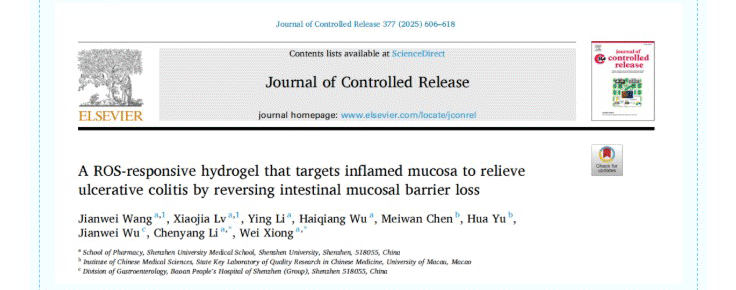
The team synthesized five ATG-CS copolymers with different degrees of modification, which were mixed with the cross-linking agent genipin (GNP) to make ATG-CS-Gel. The team pre-examined their properties, such as water solubility, solubility, and ROS-responsive release (the analysis of the drug's dissolution behavior was done in this study by a dissolution apparatus instrument), to predict the therapeutic efficacy of the drug in the human body. ATG-CSATG-CS (11 % modification) was selected as the optimal prescription because of the breakage of the diselenide bond in 0.4 % H2O2 solution, the fastest ROS-responsive drug release within 1 h (81.6 % in 4 h), and the highest water solubility and swelling rate.
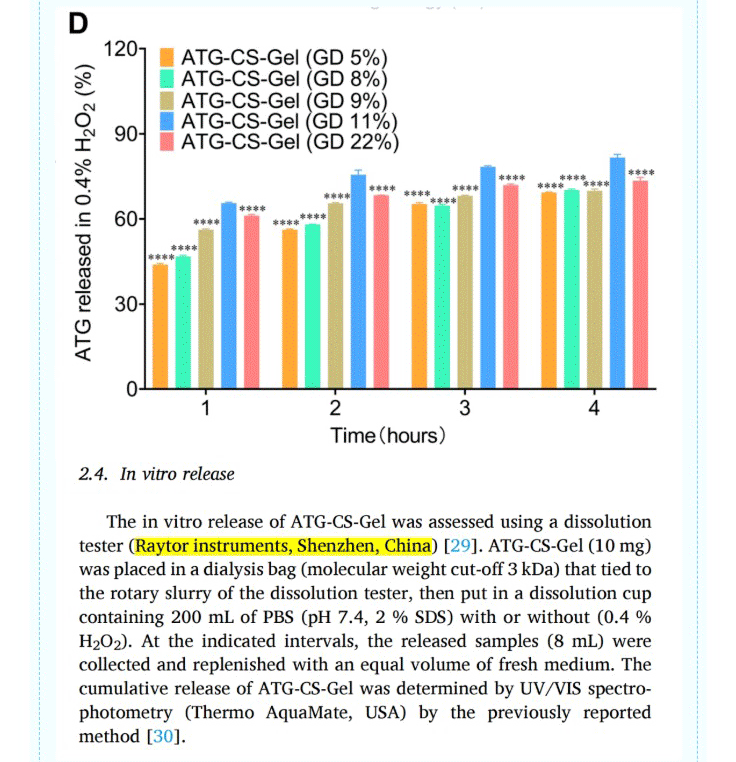
ATG-CS-Gel in 0.4 % H2O2 solution ATG ROS responsive release results and test mode excerpt Figure
In subsequent pharmacodynamic evaluations, the prescription demonstrated excellent therapeutic effects in both Caco-2 cells and a mouse model of colitis: e.g., adherence to the colonic lesion for up to 24 hours; superiority over the control drug mesalazine in improving the activity index, colon length, and intestinal tissue damage in mice; and a high potential for repairing the intestinal mucosal barrier by modulation of MLCK, among others. These results indicate that the results of in vitro drug release, water solubility, and dissolution rate tests do provide strong support for subsequent biologically relevant tests.
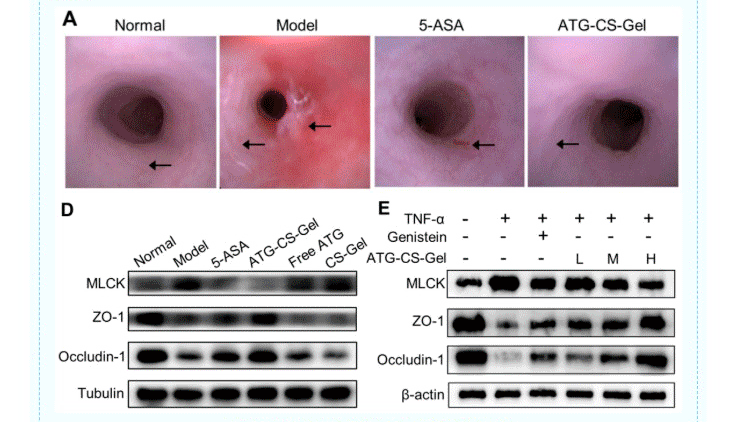
The ROS-sensitive hydrogel (ATG-CS-Gel) synthesized by this team has been systematically and adequately studied to demonstrate good safety and biocompatibility in normal mice, targeted accumulation and precise ATG release in inflamed mucosa, and promising therapeutic efficacy in colitis mice, and has been found to promote mucosal healing by reversing MLCK-dependent loss of tight junctions, providing a new strategy for ulcerativecolitis, providing a new strategy for the treatment of ulcerative colitis. Dissolution apparatus meter accurately predicts the optimal prescription, improves experimental efficiency and reduces the number of experimental animals.For more details of the study, please download the original article!
References:
[1]Wang J, Lv X, Li Y, Wu H, Chen M, Yu H, Wu J, Li C, Xiong W. A ROS-responsive hydrogel that targets inflamed mucosa to relieve ulcerative colitis by reversing intestinal mucosal barrier loss. J Control Release. 2025 Jan 10;377:606-618. doi: 10.1016/j.jconrel.2024.11.065. Epub 2024 Nov 29. PMID: 39608456.
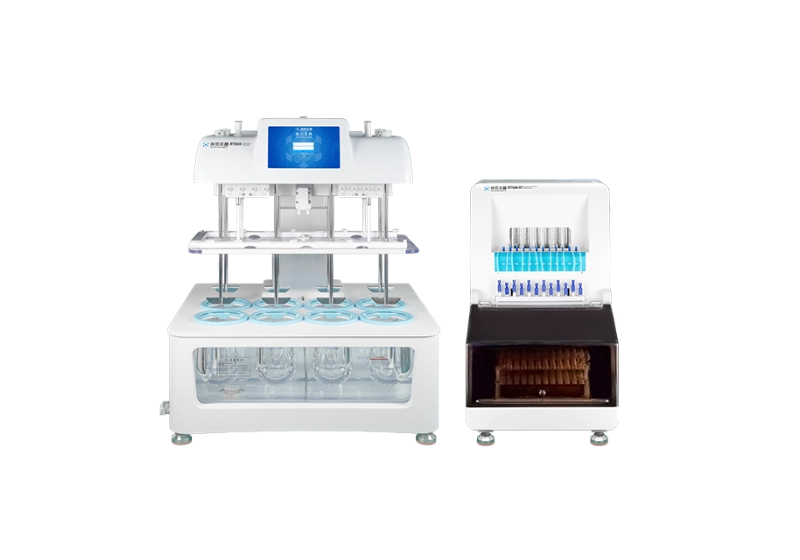
RT600-ST Automated Dissolution System
- High Anti-adsorption Pipeline
- High-precision Sampling
- Complete Filtration Solutions
- Optional Online Dilution
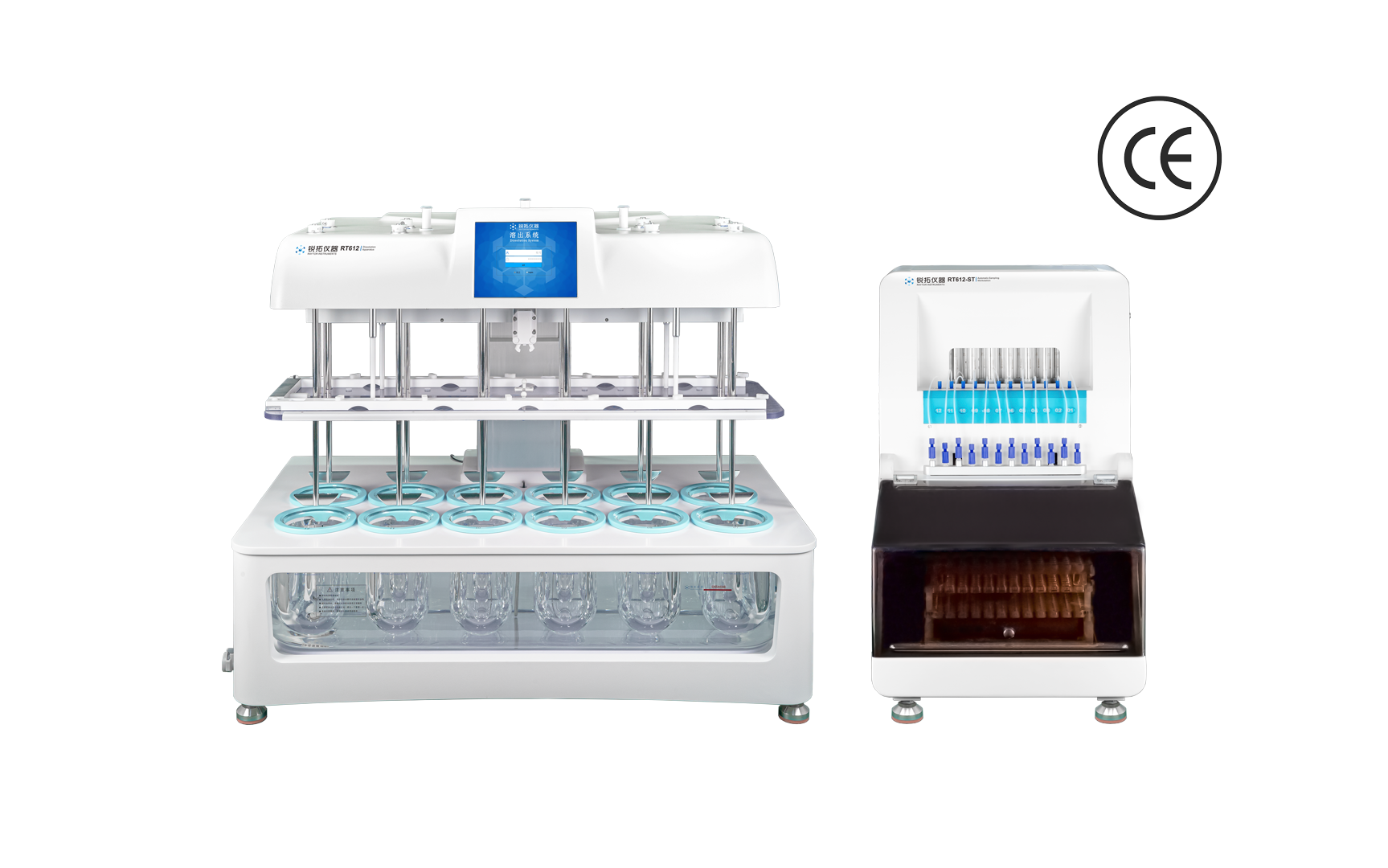
RT612-ST 12 Positions Automated Dissolution Tester
- High-pressure Resistant Pipeline
- Anti-corrosive Injection Needles
- Flexible Sampling Parameterization
- Optional Dual Drive
